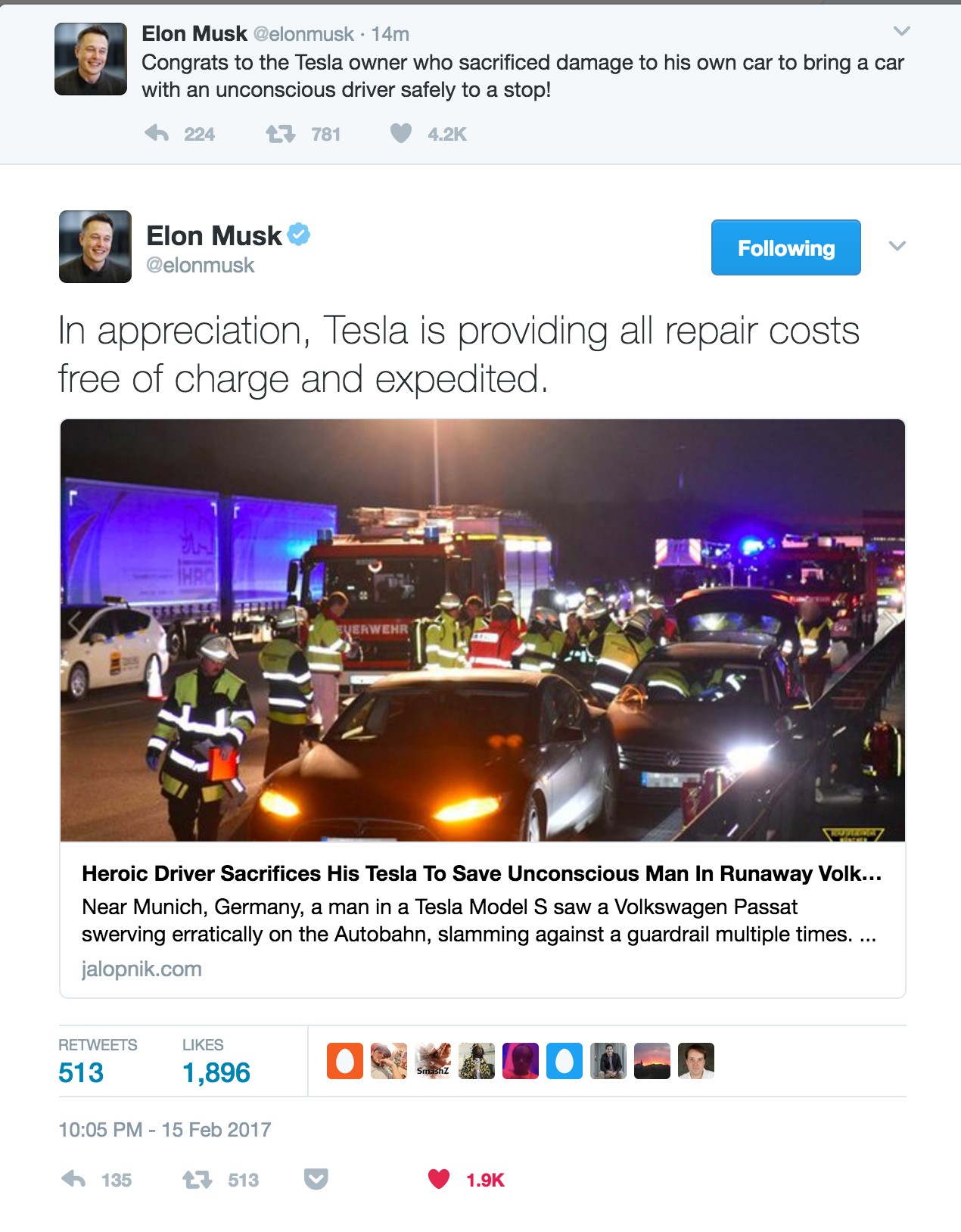You are speaking as if soft costs are not costs.
Soft costs are elevated WAY too high in the US.
I haven't provided the references which do the cost breakdown -- go find them yourself, it took me a lot of research -- but they're MUCH MUCH higher in the US than they are in Germany or in Australia. This is just not right. In short, US residential costs are too high.
I'm not expecting Elon to do anything which hasn't already been done in both Germany and Australia. I do wonder why the solar installers in the US are wasting money on sales & marketing when they could be offering cheaper prices and getting more business as a result.
(Here's an old but still accurate article about the problem:
Why Solar Panel Installation Is Three Times Costlier in the U.S. than in Germany
)
We've had some drops in price since then but the US costs are *still* elevated way above the German or Australian prices. I found an article a while back which gave a breakdown; inverter costs have normalized, installation costs have normalized, permitting costs are only a bit higher -- profit margins and marketing account for most of the price difference, which is insane.
This is trivial for Elon to deal with.
P.S. This article embeds a more recent breakdown of soft costs, most of which are, to use your phrase, not real costs. Look for the DoE picture of soft costs.
SolPad: A Compelling Foretelling Of Residential Solar’s Future
(Ah, here's the original at DOE:
Soft Costs | Department of Energy
)
"Supply chain" costs == profit margins for suppliers, eliminted by vertical integration.
"Customer acquisition" == marketing, eliminated by making the product cheaper and "cooler" so that it sells itself.
"Indirect corporate costs" == assigned overhead, eliminated by economies of scale.
Those are *30%* of the cost of a solar install in the US. (Much lower in Germany and Australia.)
And I haven't even figured out what "transaction costs" are but at 6% of the cost of an install, they're too big.
P.P.S. to show just how whacked out the US Residential Solar market is, apparently "customer acquisition" costs actually *increased* by 10% in 2016. Which is just insane.
Report: How Much Does a Solar PV System Cost in 2016?
Musk can undercut the market simply by not advertising.
P.P.P.S.
It looks like "transaction costs" relate to financing and contract writing. As the price comes down, and as it becomes more common to install panels for cash, or for a homeowner to get a home equity loan to install the panels, or for them to be rolled into the cost of new construction; and as contracts become more standardized; transaction costs should drop to near-zero.
Small Business Solar PPA: The Solution to Transaction Costs


